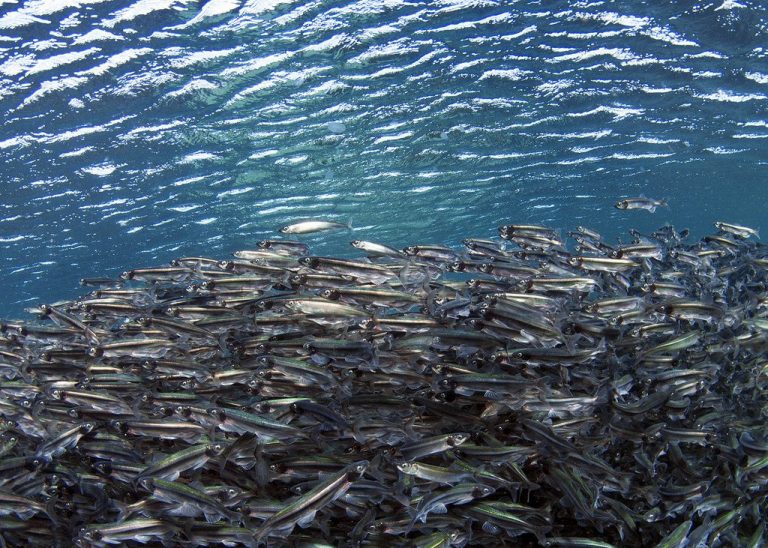Source: World Fishing and Aquaculture via Atlantic Salmon Federation
According to a recent study on salmon foraging researchers believe that these changes have influenced the survival and abundance of Atlantic salmon and many other ecologically, commercially and culturally important species.
Mark Renkawitz, salmon researcher at the National Oceanic and Atmospheric Administration’s Northeast Fisheries Science Centre and lead author of the study, explained: “Salmon are a good barometer of what is happening in the marine ecosystem.”
“They are like a canary in the coal mine. Dams and decreasing marine survival rates have been the primary drivers of the declines for many populations. In taking a closer look at a salmon’s life, we found that changes in diet may be a big factor,” he added.
Atlantic salmon have a broad range, congregating at common feeding areas like the waters off Greenland to feed on energy-rich prey such as capelin during the summer and autumn.
During the early 1990s ecosystem conditions changed across the northwest Atlantic. Shelf waters freshened and stratified, altering the distribution and abundance of phytoplankton and zooplankton. Changes in what small planktonic organisms ate cascaded up through the food web, affecting the quality of food available to larger forage species such as the capelin.
As a result stocks have declined 54% since the 1970s and, furthermore, research suggests that the capelin are distributed differently and are physically smaller and less nutritious than they were 40 years ago.
“The reduced energy density of capelin, by almost 34%, is likely influencing survival and productivity of eventual Atlantic salmon spawners,” said Mr Renkawitz.
“Salmon may be experiencing an energy deficit and they may not be accumulating the reserves they need to survive, mature and migrate long distances back to their natal rivers to spawn,” he added.
Other studies have suggested that changes in capelin quality may also be partially responsible for the declines in various seabird species, growth of northern Atlantic cod and the decreasing condition of harp seals, which in turn is thought to influence the condition of polar bears.

